Garden
All Garden Content
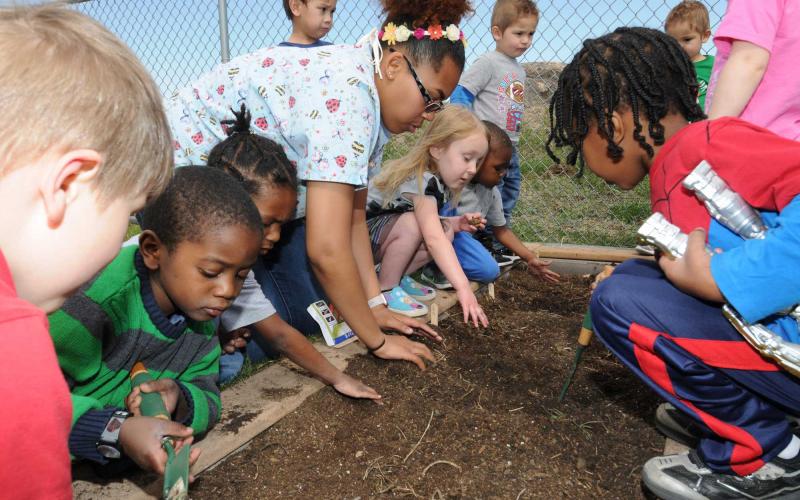
Stupendous Soils
Lesson for youth to discover the characteristics of different soil types and how to make compost.
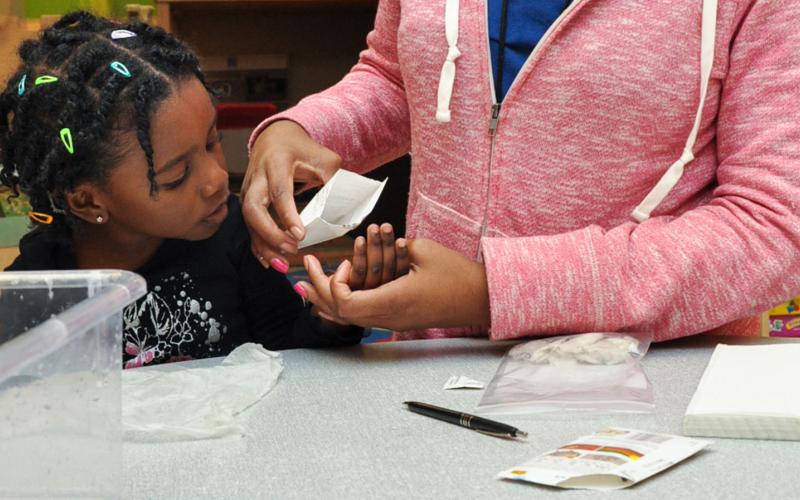
Super Seeds
Lesson for youth to explore the many types of seeds that are eaten or grown and learn how they grow.
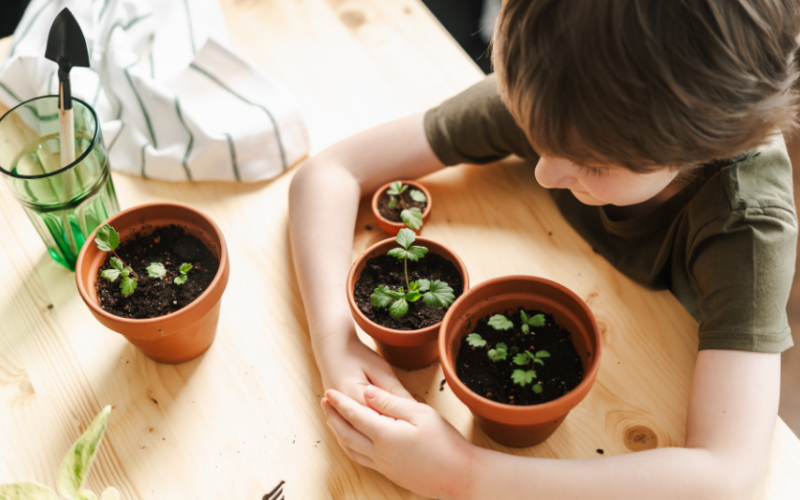
Getting the Garden Growing
Introductory gardening lesson where youth will learn what plants need to grow and what fruits and vegetables grow in different seasons in South Dakota.
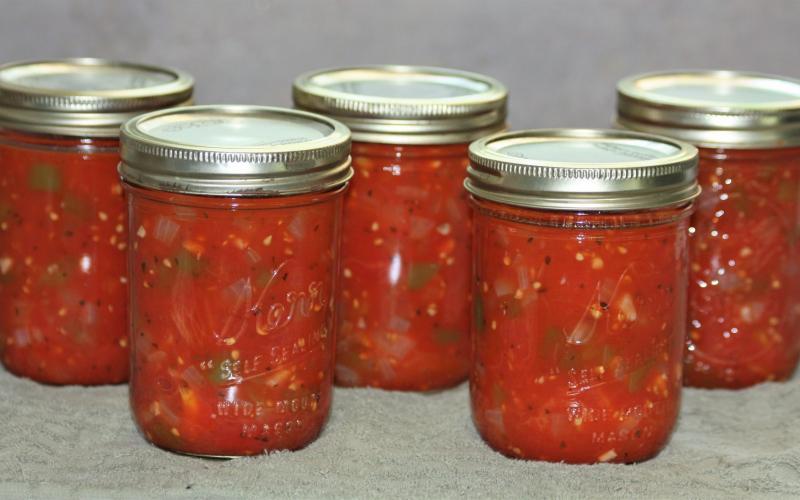
Canning Tomatoes Safely
Home canning tomatoes is a great way to preserve them for later use. It is critical to use proper methods of heat processing to ensure a safe finished product.
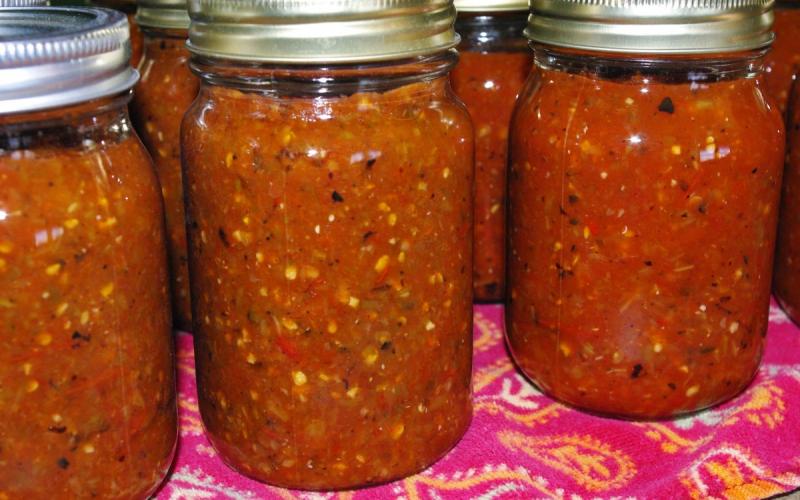
Canning Tomato-Vegetable Mixtures
Tomatoes are unique when it comes to home canning recipes. Some tomato and vegetable recipes recommend using a boiling water bath canner, some recipes recommend a pressure canner, and some recipes offer both options.
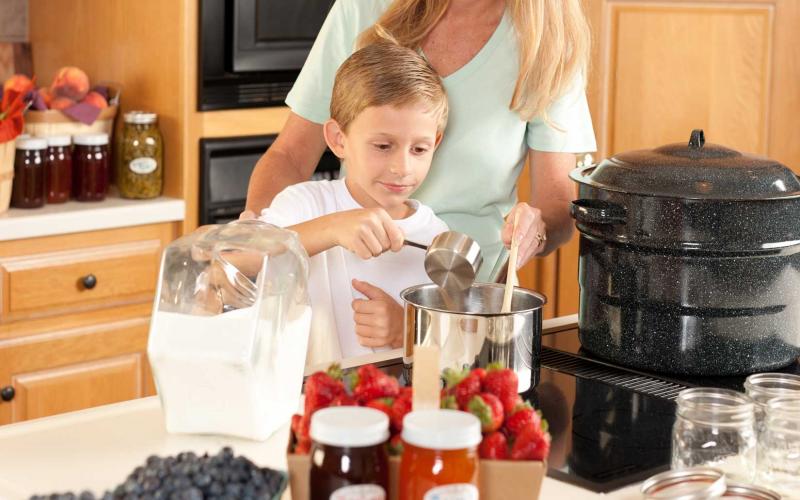
Preservation Station!
At the end of this lesson, participants will be able to list the most-common methods used to preserve fruits or vegetables.
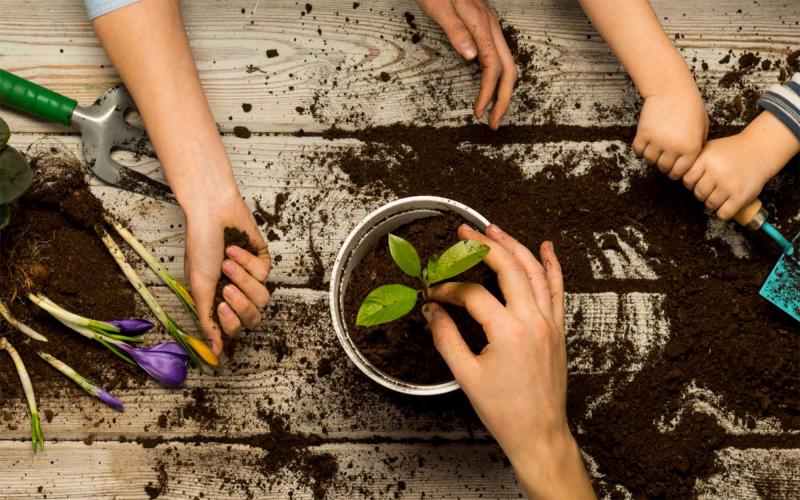
Grow Getters: Garden-Based Education for Preschool-3rd Grades
The “Grow Getters” series consists of lessons and resources to engage youth and families in hands-on, at-home activities related to gardening—even without a garden!

Food Safety Rules for Fruit & Vegetable Growers: FAQ
It seems rules and guidelines for growing fresh produce safely are constantly changing, as new laws and regulations are implemented each year.

Dehydrating Apples
A food dehydrator is a good choice for drying apples and can be used at any time. It is a small appliance that has an electric element for heat with a fan and vents for air circulation.
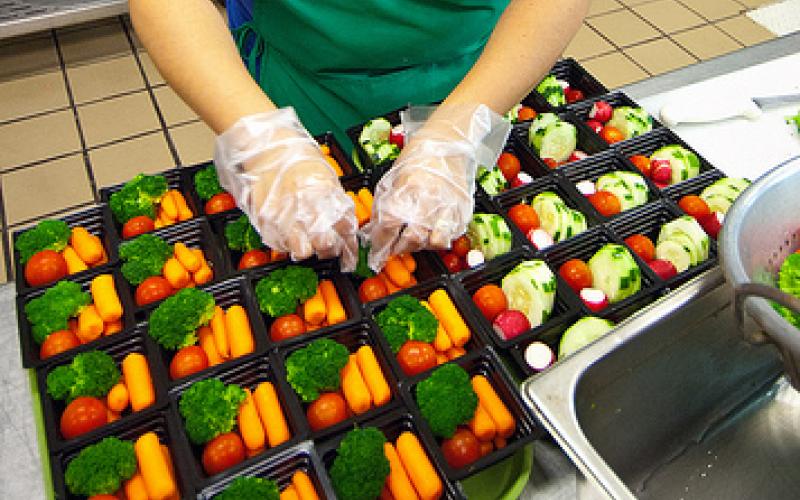
Disposable Gloves: Guidelines for Food Handlers
Improper handling of food and poor personal hygiene by food handlers are leading causes of foodborne illness. Disposable gloves do not take the place of good hygiene and proper hand-washing.